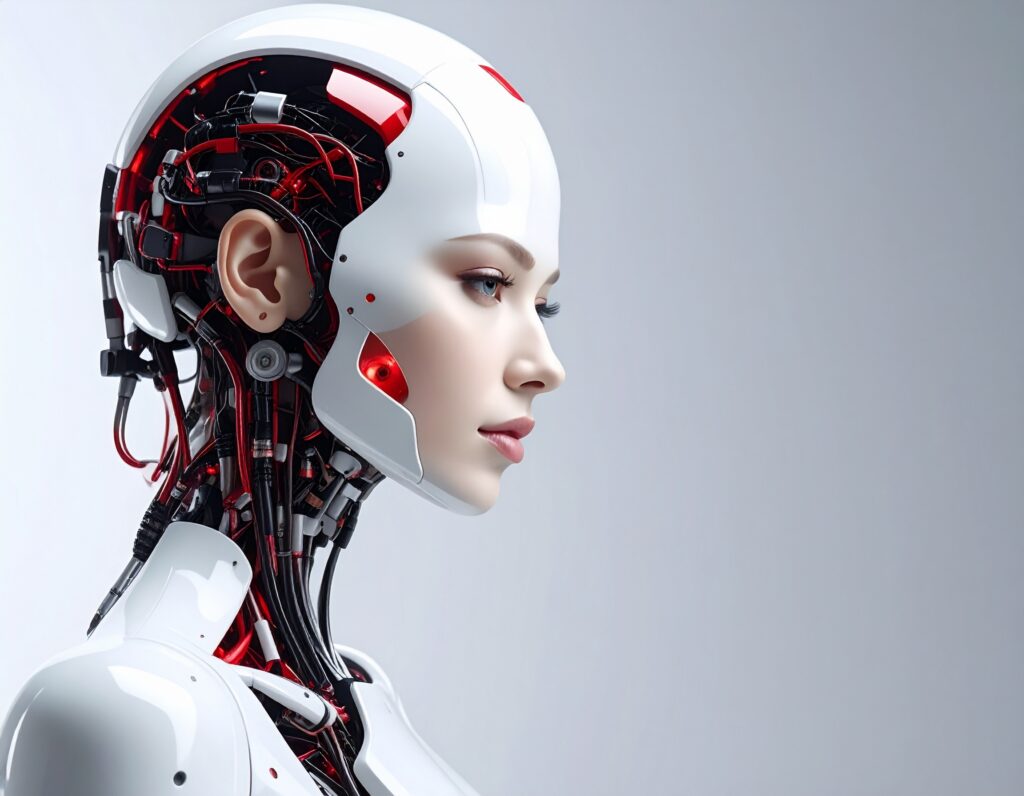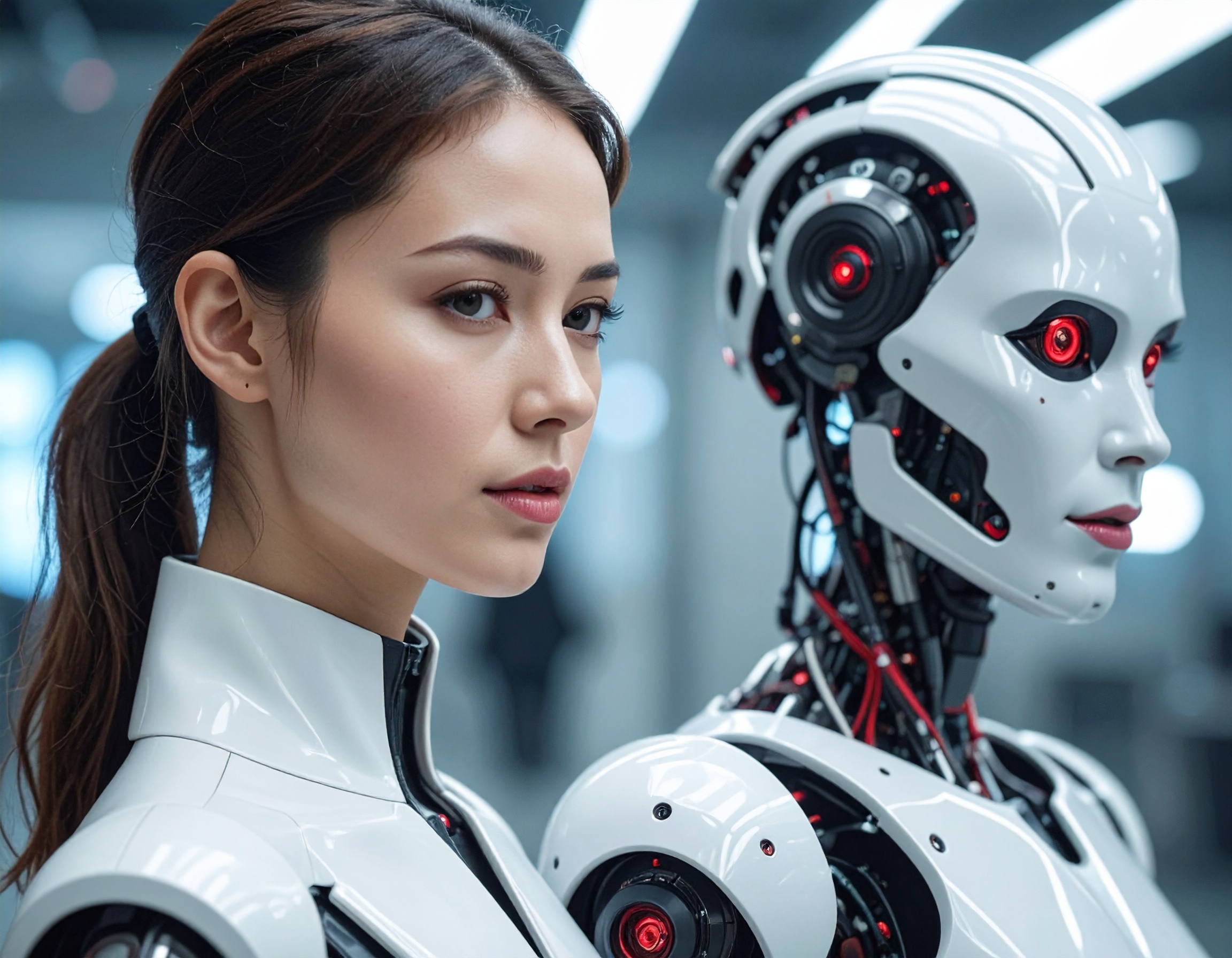The Rise of AI Employees: Humanoid Robots Take Center Stage in China

A Dazzling Performance
On October 30, 2025, Chinese news agency Xinhua News Agency reported that humanoid robots took the stage to perform the traditional “thousand-hand Bodhisattva” dance — a spectacle where multiple ‘arms’ move in perfect synchrony. These robots were equipped with 3D vision systems and articulated dual-arm setups (seven axes each) to mimic the complex choreography. In effect, these machines are acting as non-human workers or “AI Employees” in a domain (performance art) usually reserved for human talent.
What Happened and Why It Matters
The key event: A group of humanoid robots demonstrated advanced coordination and perception — effectively performing as voice-less, movement-expressive “Voice AI Agents” of the arts world. The fact that machines can now execute such synchronized tasks with high precision signals a shift in how we conceive of automation and robotics.
Why it’s important:
- It shows robotic systems are evolving beyond factory floors into cultural and creative roles.
- These non-human workers are using advanced mobility and vision to interact with complex environments.
- It hints at the possibility of AI Employees taking on roles that blend technical capability with aesthetic expression.
For society, this opens questions about how we value human vs. machine contributions, and how we integrate robots into new spheres of life and work.
Broader Implications for Work and Technology
When robots can perform culturally significant tasks, it underscores how the frontier of automation is moving fast. These humanoid machines suggest “employees” need not be human — and “agents” need not speak. With Voice AI Agents already handling phone or chat support, and humanoid robots taking center stage in performance, we’re seeing multiple fronts where AI-driven non-human workers are changing the game.
In practice: industries from entertainment to hospitality may soon adopt AI Employees that look and act like humans (but aren’t). That raises challenges around ethics, employment, identity, and how we distinguish human contribution from machine. It also shows that investments in robotics and AI are not just about efficiency — they’re about redefining roles in society.

Looking Ahead
Although this robot dance performance is a showcase rather than a full-scale deployment of AI Employees in everyday work, it signals the direction of travel. Organizations and policymakers will need to pay attention to how non-human workers are integrated, regulated, and valued. The transformation will likely be gradual but profound: robots with vision, mobility, coordination (as here) plus voice and social intelligence (as in Voice AI Agents) may become part of teams — whether in factories, offices, or even cultural venues. The question is no longer if, but when and how.
Key Highlights:
- Event: Humanoid robots performed the traditional “thousand-hand Bodhisattva” dance with 3D vision and dual-arm (sevenaxis) coordination.
- Significance: Created by nonhuman workers, these robots act as AI Employees in a creative performance space.
- Implications: Marks the expansion of robotic automation into artistic and cultural realms, beyond industrial applications.
- Future-oriented: Signals a shift where Voice AI Agents and humanoid robots may increasingly serve as team members in diverse work settings.
Reference:
https://english.news.cn/20251030/bd3af4f09e2f4f5a9a4a1f8752e4ebfa/c.html


